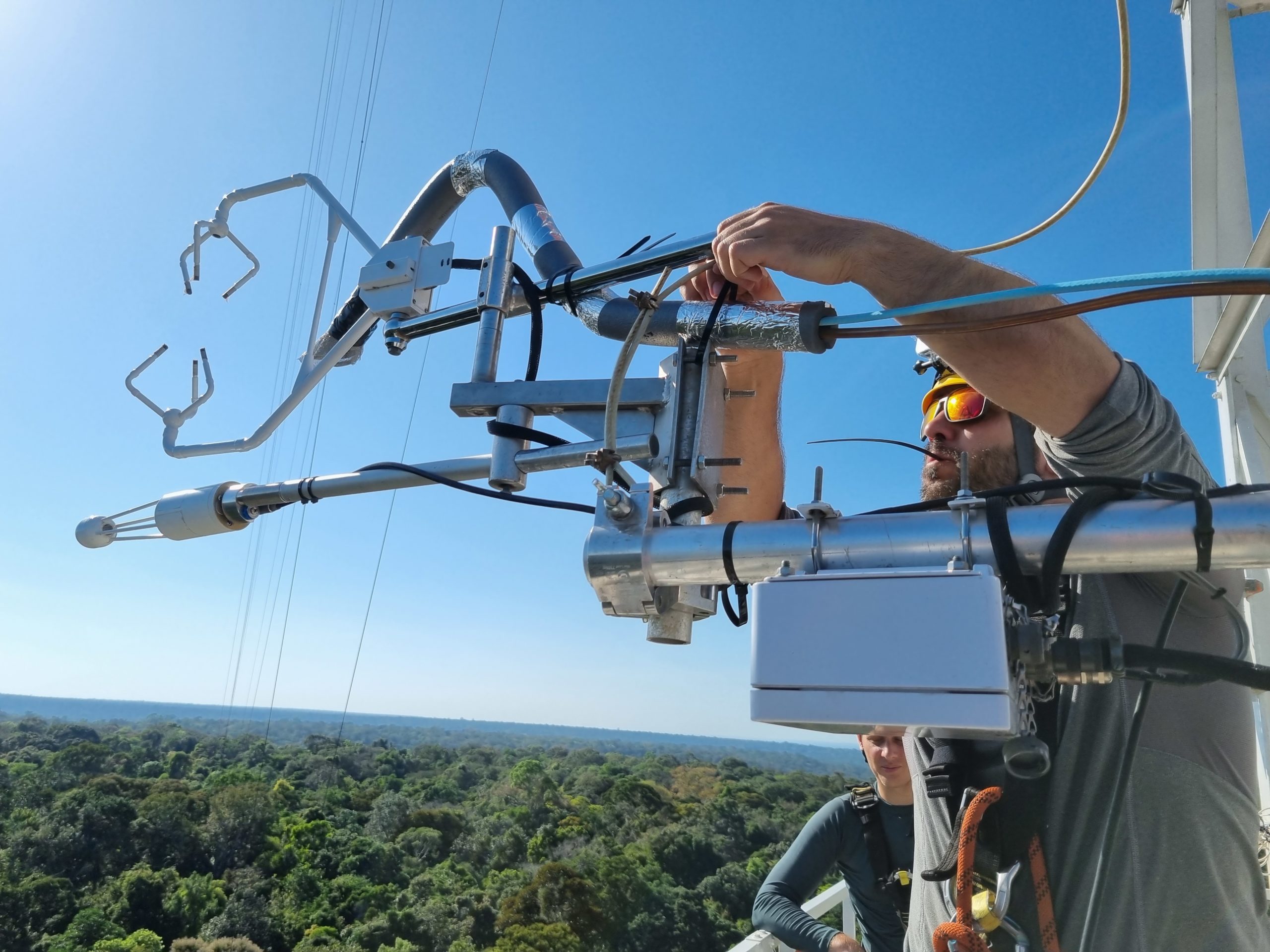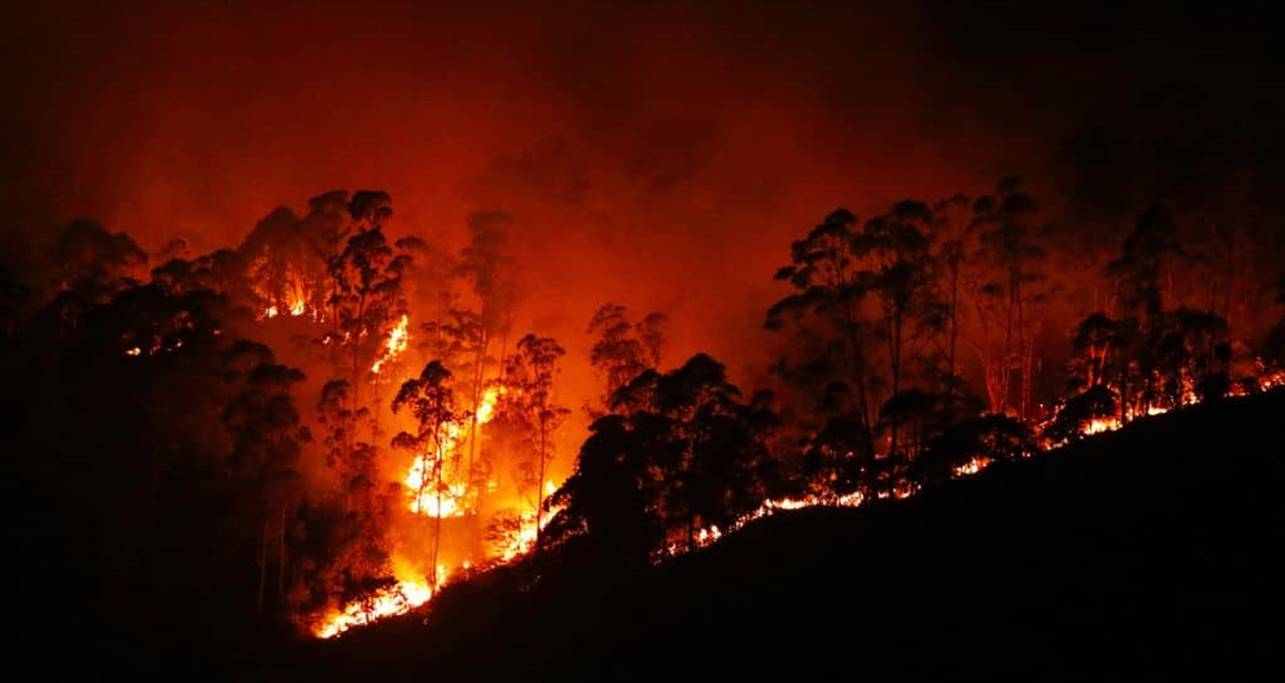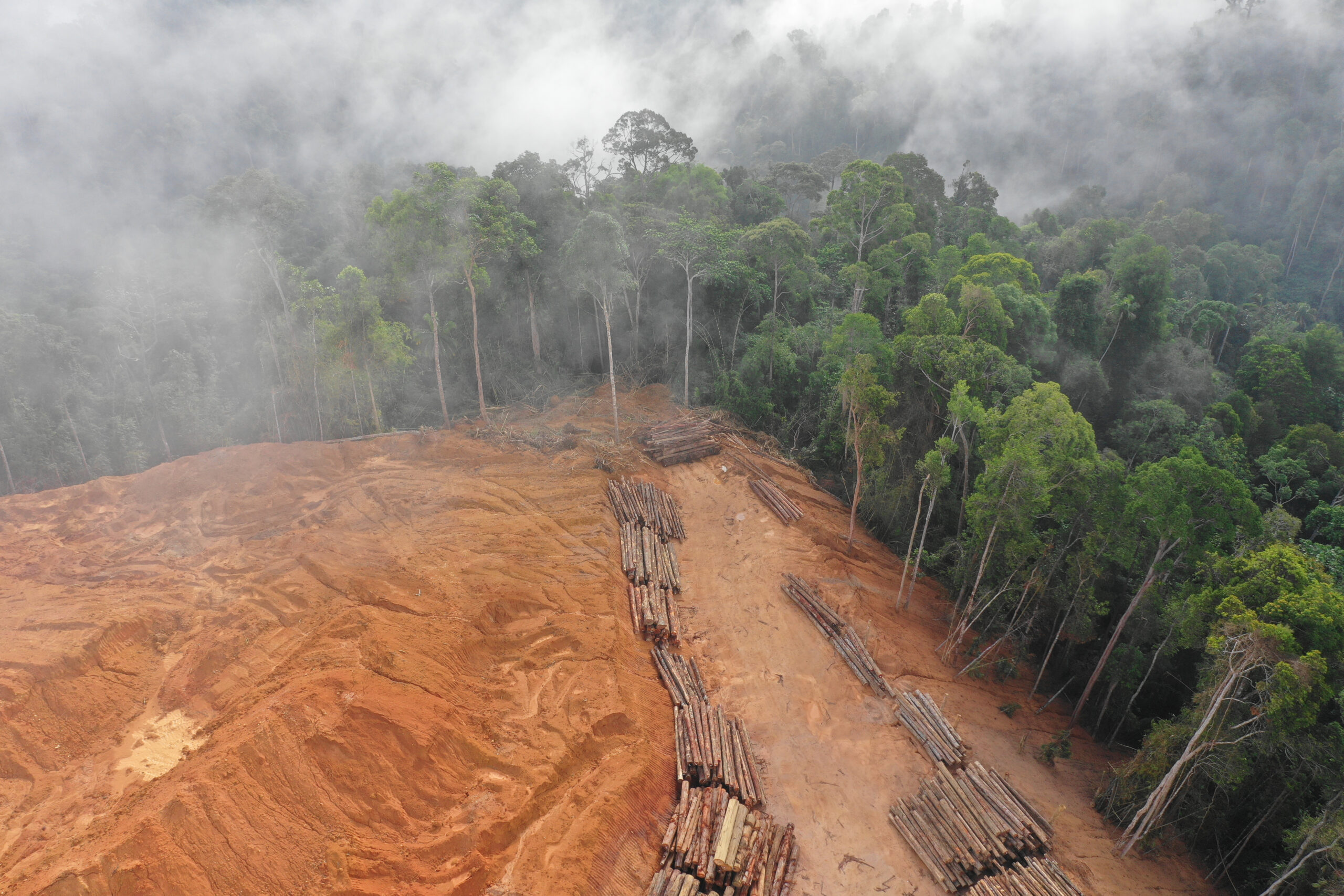Clouds talk to leaves and the leaves talk back. Scientists from Wageningen and Utrecht spent three weeks in the Amazon listening to that conversation.
The image of a dialogue comes from professor of Meteorology and Air Quality Jordi Vilà. He uses it in one of the blogs written during the expedition to the Brazilian rainforest. Trees don’t talk, of course, but the image gets the point across. Speech is communication; in this case the interaction of leaves and passing clouds through the play of light.
The project Vilà and his team have been working on for some time is called CloudRoots. ‘Through CloudRoots, we want to make the connection between clouds, precipitation and photosynthesis in the rainforest under light that is constantly changing,’ he explains. So it’s about the interaction between the atmosphere and the vegetation. There are indications that due to climate change, the Amazon is no longer absorbing CO2 like a carbon sink, but is emitting it instead, thus becoming a source. This question is usually approached from the carbon cycle perspective. We say: in this perspective, include the water and energy exchange and the role of clouds in that through their interplay with radiation.’
‘Many scientists who research the CO2 cycle leave the dynamics of clouds out of the picture,’ adds Vilà’s colleague Oscar Hartogensis. ‘They assume a kind of daily average amount of shade and do not study what actually happens at the leaf level. But we are doing just that. These are fast processes. We look at the very fast interaction between the leaf and the cloud.’ That interaction goes as follows. As soon as a plant is in the shade, photosynthesis stops immediately, because its fuel supply (the sun) has been interrupted. This stops both the absorption of CO2 and the production of water vapour by the leaf. ‘And that evaporation is in effect fuel for the next cloud.’
Green ocean
Vilà and his team took their measurements in the Amazon at the German/Brazilian research station ATTO, seven hours’ journey from Manaus. Hartogensis: ‘To get there, you have to go quite a distance by boat on the river. A car then drives you along the only road in the area, to the camp. The camp itself is actually quite luxurious: there is electricity and even a cook. There are technicians and containers with complete labs in them.’ But the most important thing on the site is the tower; a 321-metre-high steel construction from which measurements are taken. Vilà: ‘Meteorological measurements, as well as measurements of greenhouse gases, clouds and the chemistry of the atmosphere. It is an active area in terms of cloud formation. We were there in the driest month, but still, a shower can suddenly fall out of nowhere. And in the rainy season, it rains an awful lot. The views from the tower are spectacular: it’s like looking out over an endless green ocean.’ But you have to earn that view. ‘It took me 27 minutes to get up the stairs,’ says Hartogensis. ‘Martin Janssens, a PhD student from our group, set a record of less than 15 minutes.’
Sink or source
Evaporation of water through the stomata of the leaf is really a necessary evil. ‘The plant doesn’t want to lose water,’ says Hartogensis. ‘The plant wants to absorb CO2 for photosynthesis. As soon as it is in the shade, photosynthesis will decrease. If the shade goes on a long time, the stomata close too, but that is a much slower process. Stomata constantly open and close a little in response to the absence or presence of shade. We are investigating how this dynamic process affects the overall exchange of heat, moisture and gas.’ The answer to that question is of great importance for the question whether the rainforest is a sink or a source of CO2. Vilà: ‘First you have to understand the process and the interactions involved in it. Then you can incorporate that in the climate models for CO2.’
That the details are important here is beyond doubt for Hartogensis. ‘It is clear that these are non-linear processes. So, to see the effect of shade on CO2 exchange and evaporation, you can’t just take the average amount of shade. That will get you a very different result. That is where we will end up, but we still need to calculate the size of that dynamic effect. The challenge is to determine how relevant these fast and local processes are to local weather models.’
But the research may also be relevant to climate models. Vila: ‘We know how leaves react to an increase in CO2 in the atmosphere. Stomata do not have to open as wide and there is less evaporation and exchange of heat, which in turn has a big effect on cloud formation. We are now adding how leaves respond to different light conditions and temperature. If this effect is significant, our next step is to design a way of including it in the next generation of climate models.’

 Technician David Bonell Fontas (Utrecht University) sorts out the equipment in the measurement mast. This set-up can measure the transport of CO2, H2O and their
isotope composition. Photo Oscar Hartogensis
Technician David Bonell Fontas (Utrecht University) sorts out the equipment in the measurement mast. This set-up can measure the transport of CO2, H2O and their
isotope composition. Photo Oscar Hartogensis 

